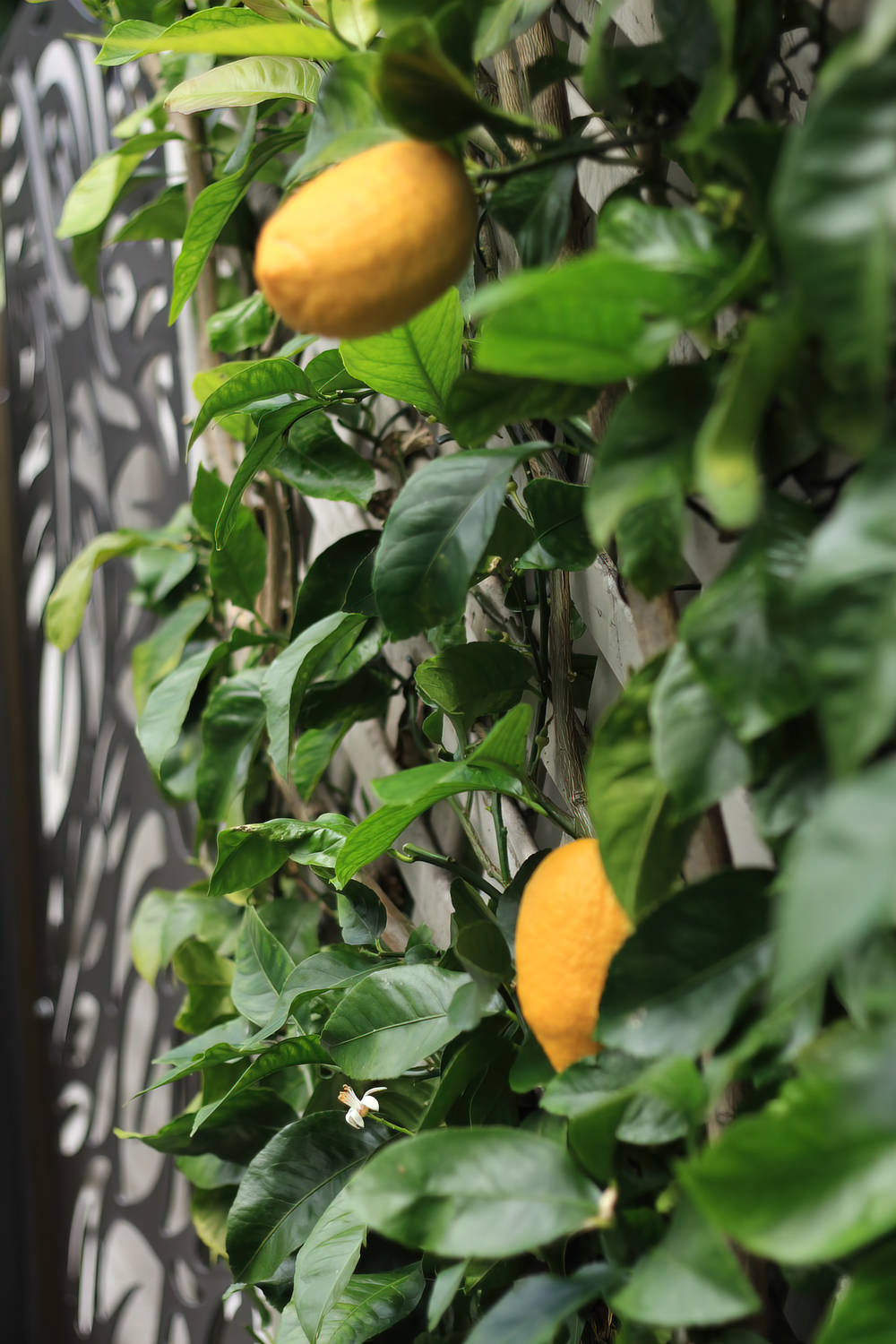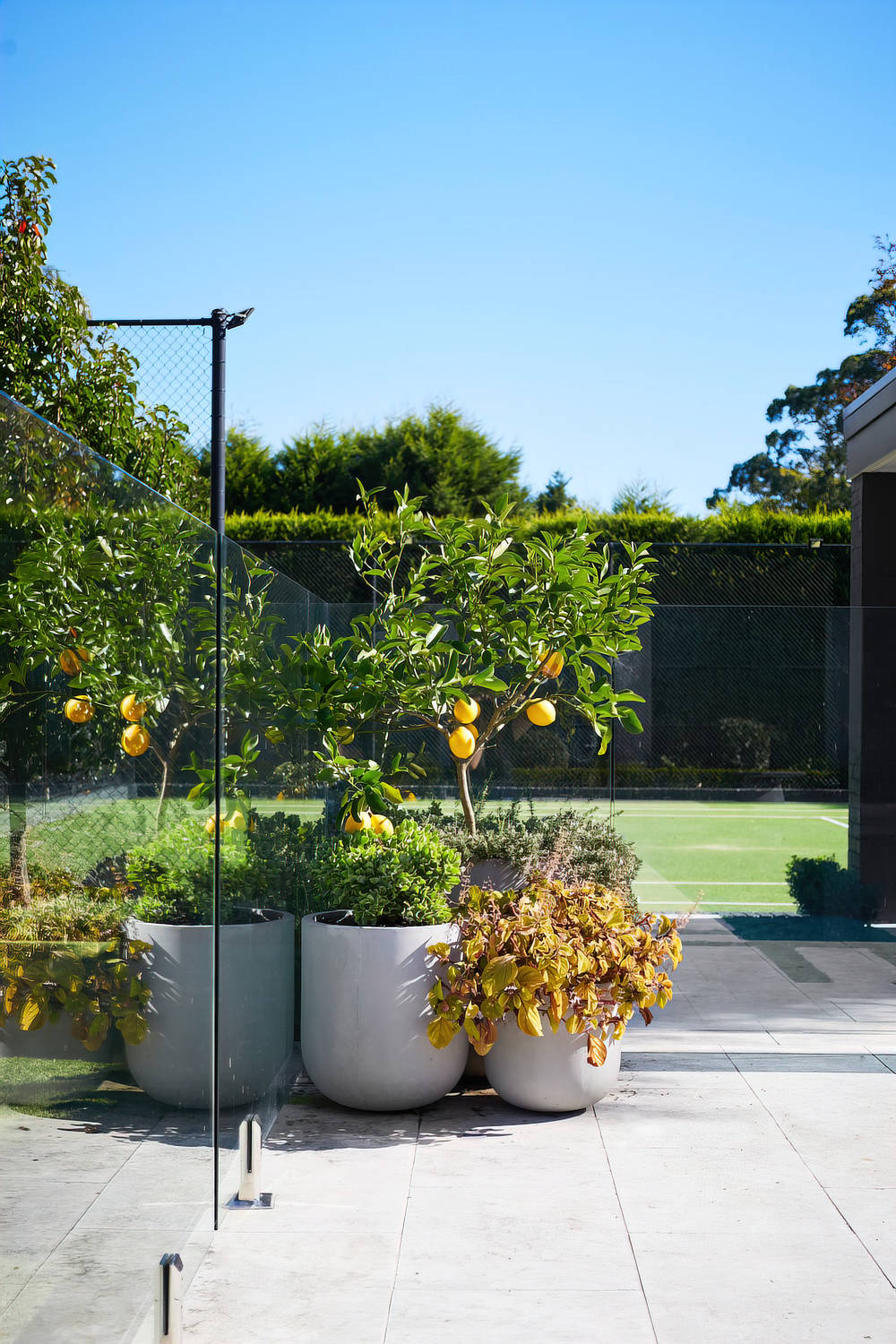The number one topic I have been asked about over my time in the gardening world has to be ‘how to grow citrus’ well a well-planted citrus is a happy citrus, so you need to start the process off by planting them correctly.
First you must find the right location with enough space for your tree and lots and lots of direct sunlight. Soil preparation is the key to success, citrus are heavy feeders as they grow, flower and fruit in abundance and that takes a lot of energy and nutrition out of the soil. The addition of lots of compost to the ground is a must. This compost needs to be dug through and will aid in water and nutrient holding, the act of digging it through will also remove any compaction so new root growth finds it easy to penetrate out into the soil. I don’t mix through any fertiliser at this stage as it leaches through the soil quickly and therefore doesn’t last long however I would apply a generous handful of rock minerals.
Rock minerals break down slowly so don’t leach away with as much speed and won’t give you an instant fix however they are full of trace elements such as silicon, calcium, manganese and Boron that are great for soil microbes, fungi the plants themselves and in turn those who eat the plants – You!
Before planting your citrus it’s a good idea to soak the root ball in a large bucket of water, to this you can add some seaweed solution or even some mycorrhizal fungi if you can find it. Both are great for promoting new root growth and the fungi will extend the area of the roots where water and nutrients can be taken up so they can take up these necessities more efficiently. Wait until the water stops bubbling as this ensures all air pockets in the root ball are soaked and the plant is completely saturated. If your plant is a bit dry leave it in the bucket for an hour or so to normalise the water through the plant.
It’s likely the citrus you will be planting is grafted so when digging the hole stick to the same depth as the height of the pot it comes out of. If you plant your citrus too deep the root stock or graft point will easily rot. If the root ball is slightly higher than the ground level this fine as it adds a bit of drainage and mulch can be used to insulate the roots. With your back fill you want to mix through a magical ingredient ‘Zeolite’ it is a rare earth element, found and mined in Australia; a small handful for a medium sized tree is perfect and ensure to mix it through. This will lock your trace elements from your rock mineralise with the macro nutrients from the fertiliser you will apply after planting all to the soil. The benefit of this will be easier uptake of nutrients to your heavy feeding plants and you will have to fertilise less.
I like to be gentle when planting and if the roots are not heavily congested, I try not to tease them out too much as it increases transplant shock, I also try to be soft when backfilling as this can compact and damage the root stock causing it to sucker. I always water my plants in well as this will help take the loose soil to any air pockets left around the roots.
Before mulching I would apply a fertiliser, composted chicken manure is not balanced enough and will need additives, so I try to go for a specific citrus fertiliser as lab boffins have done all the hard work for you, I also add another hand full of the rock minerals and a tablespoon of the zeolite. I then mulch with 75mm of organic mulch, if you are in a frost prone area scrape this back during the day to allow the sun to get to the roots and water heavily to insulate the soil before a large frost is predicted.
Ongoing care of citrus requires feeding every 6 weeks and only prune when the tree starts producing less fruit. The fruit is borne on the tips of the plant so aim for an umbrella shape to maximise fruit and only do this when necessary – it shouldn’t be done on a yearly basis.


